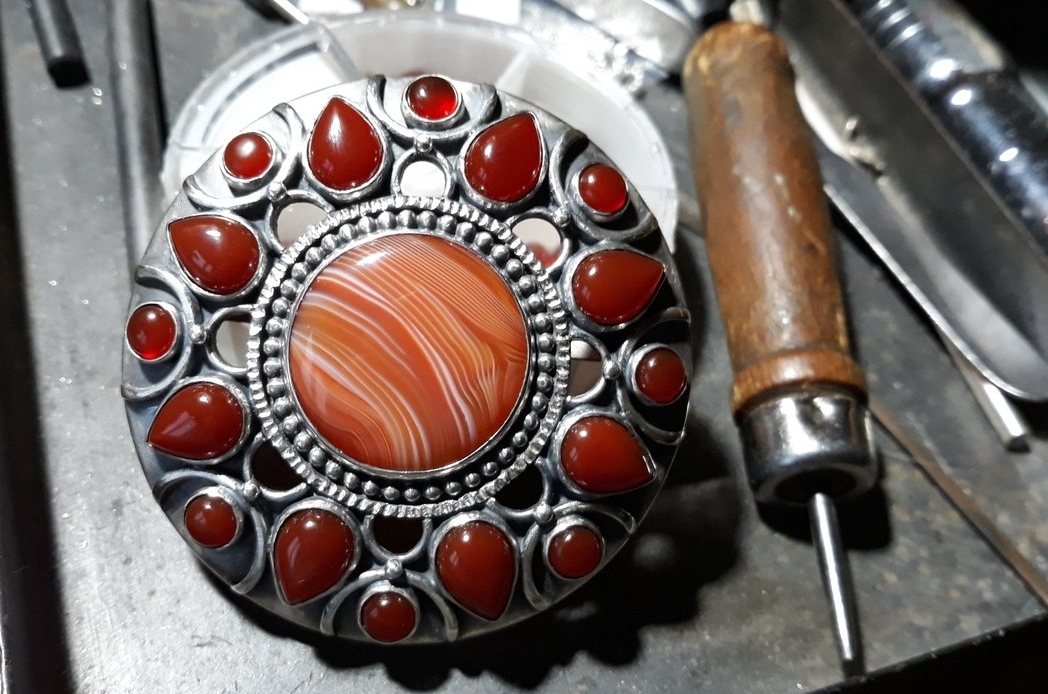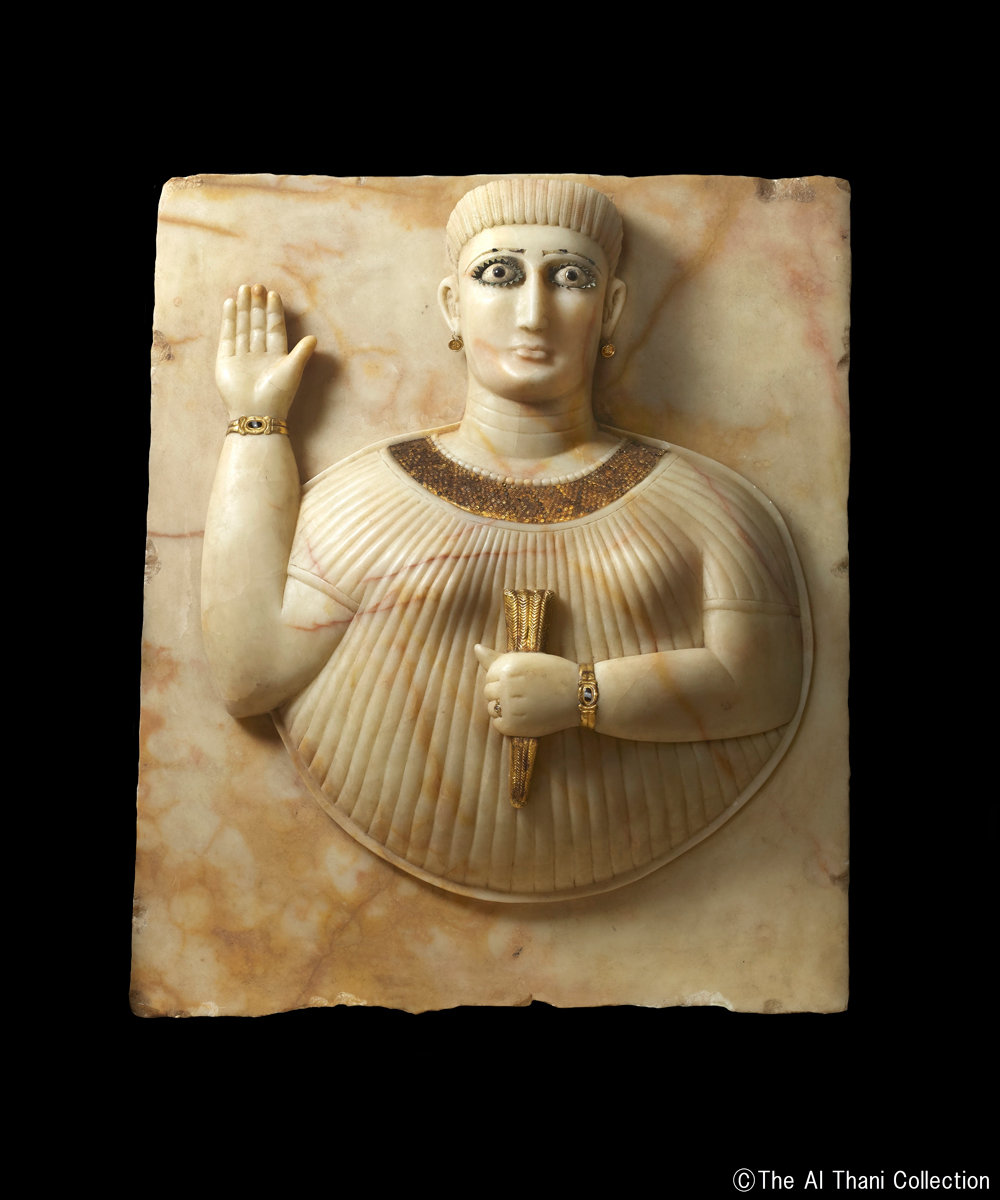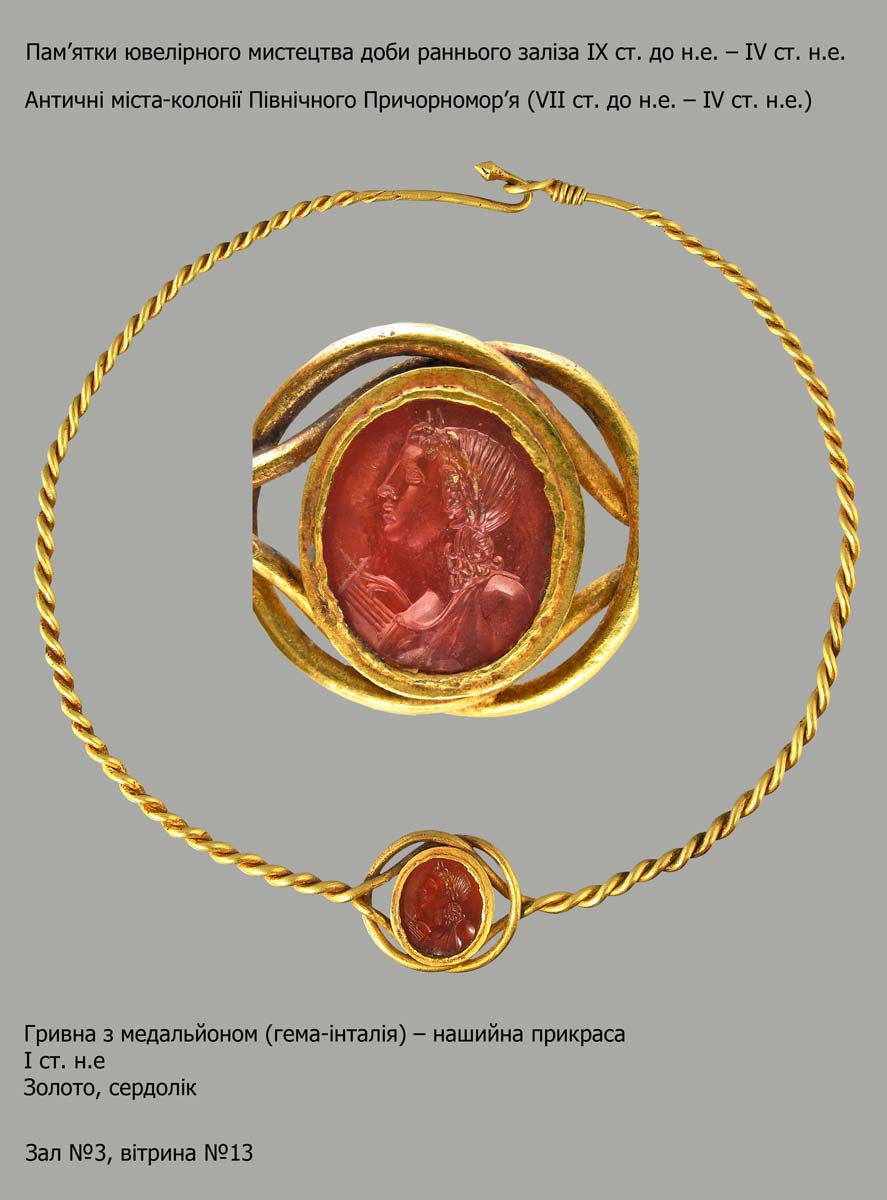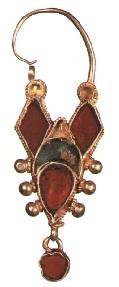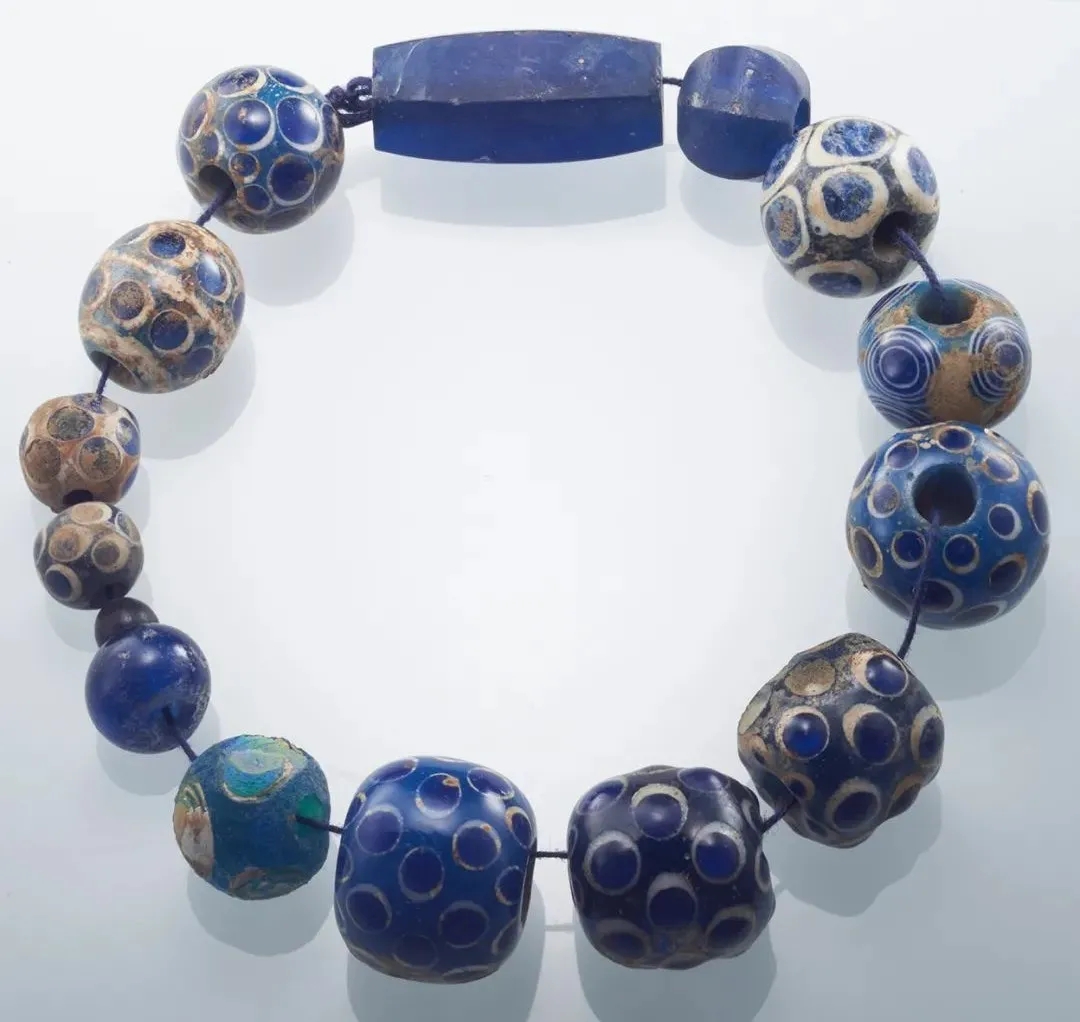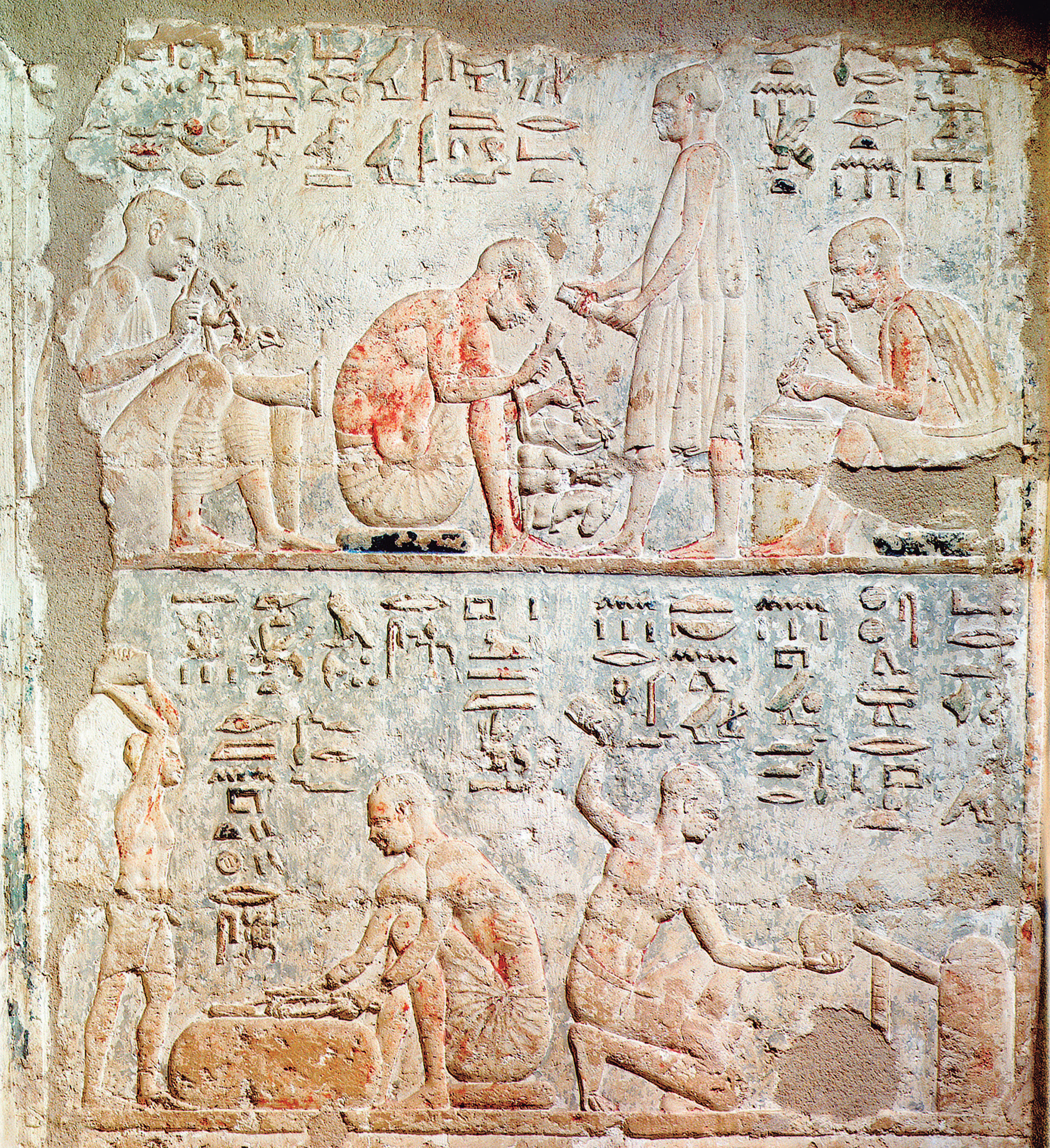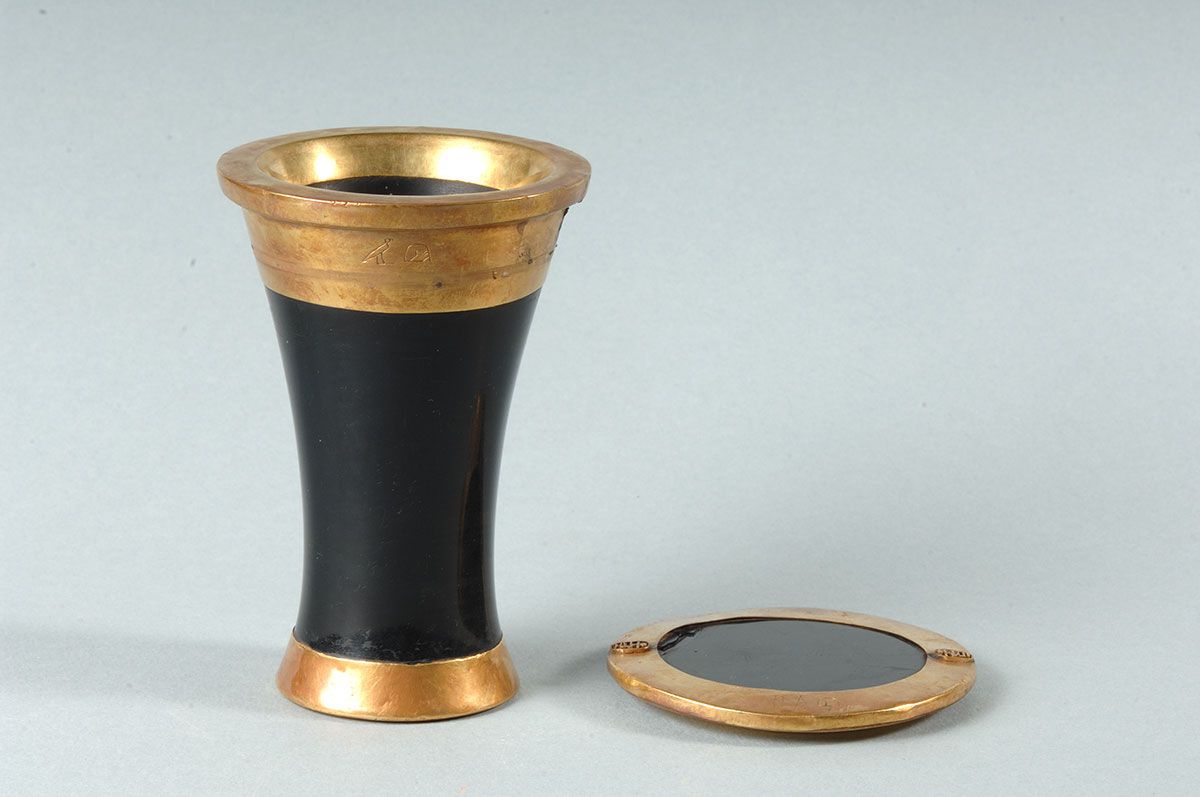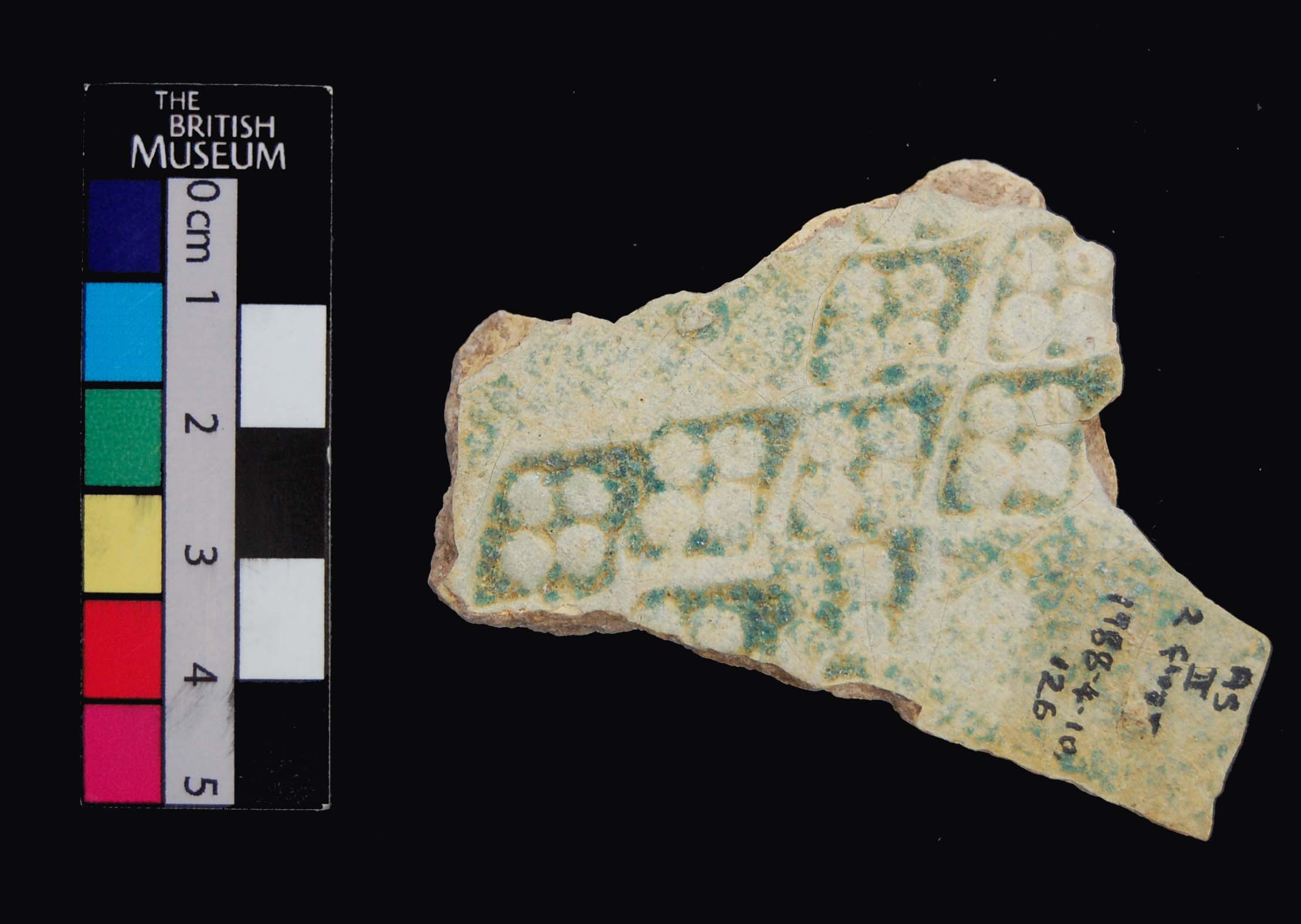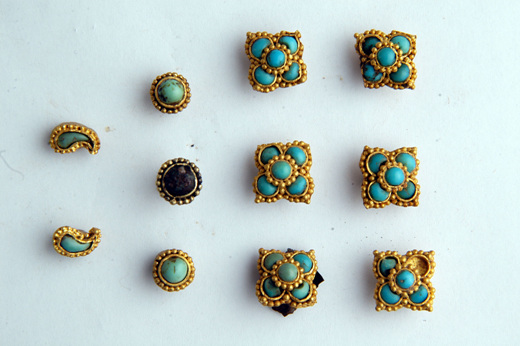Nisian rhytons and Hellenistic cults in Parthia (3rd-2nd century BCE).
[ the State Museum of the East, Moscow link]
“The Old Nisa settlement is located 18 km west of Ashgabat. It is an architectural complex consisting of several structures with different purposes, surrounded by a single wall. Apparently, the complex was a venue for public rituals associated with the cult of the ruling Arshakid dynasty. Judging by the inscriptions found on ceramics, the monument in ancient times was called Mihridatkirt – in honor of one of the most famous Parthian kings, Mithridates I (171-138 BCE). It was probably built in the middle of the 2nd century BCE and existed until the middle of the 1st century CE.
In the collection of the State Museum of the East there are four rhytons found during excavations by a detachment of the South Turkmenistan Archaeological Complex Expedition (UTACE) led by Elena Abramovna Davidovich at the Old Nisa settlement in the fall of 1948.
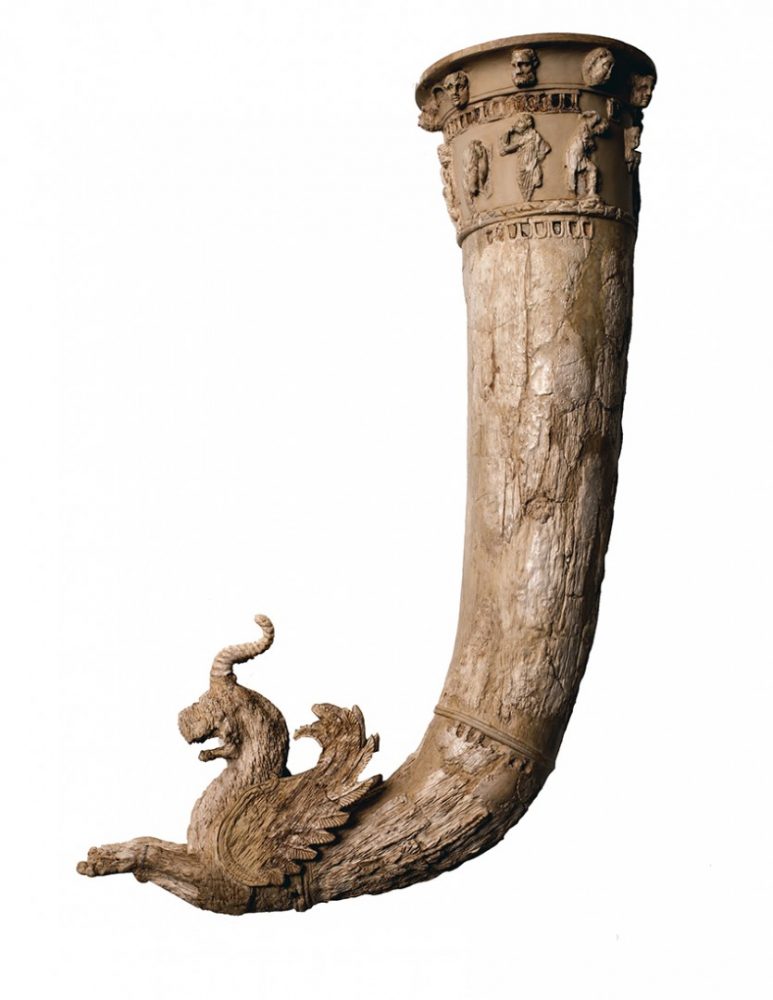
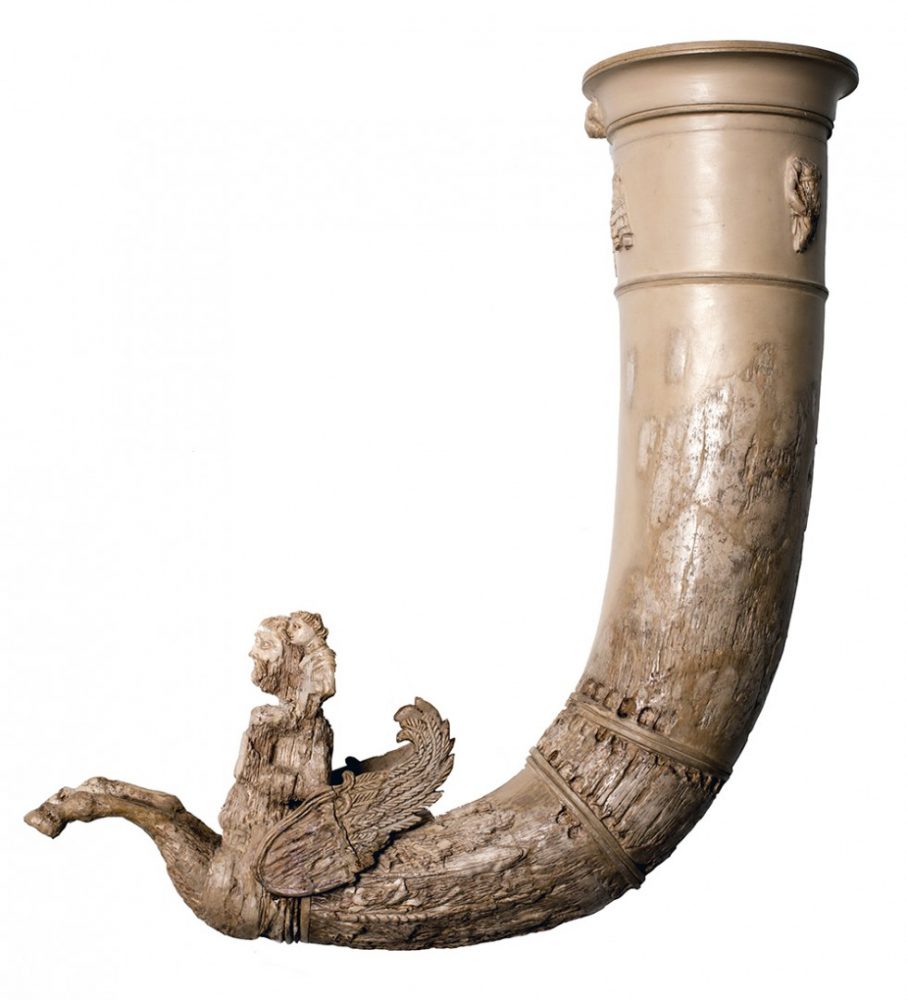
Rhytons with protome in the form of a winged lion griffin and a centaur with a woman on his shoulder, Parthia, Old Nisa, 2nd century BCE.
Chrysoelephantine technique (ivory, stone, glass paste, painting), H: 43.5 cm (with a lion-griffin), 30 cm (with a centaur).
As mentioned above, rhytons are special vessels for drinking wine and ritual libations. Their shape can be different, but the most common are rhytons in the form of a horn. Horn-shaped rhytons have two characteristic features – a drain hole and a sculptural end in the lower part of the vessel in the form of a protome of an animal or a fantastic creature ( Fig . 8).
Nisian rhytons differ in volume and, therefore, in the amount of wine that the feast should have consumed. Thus, it was possible to pour about 0.5 liters of liquid into rhytons of a small volume, and up to 1.5 liters of liquid into larger vessels. At the same time, one should not forget that it was impossible to put the vessel on the table, therefore, the feast was forced to drink all the wine poured into it.
Nisian rhytons are usually called ivory products, meanwhile, judging by the materials used (ivory, wood, stone, gold, etc.), the Nisian rhytons are made in the chrysoelephantine technique. It was a Greek technique of the time of high antiquity (VI-V centuries BC), adopted for the manufacture of luxury goods and expensive cult attributes. Nisian rhytons repeat the shape of elephant tusks, but they are not made from a single tusk, but from several parts cut from pieces of different tusks.
Most likely, these rhytons were once an expensive ceremonial service. It was ordered for a king or a wealthy nobleman with a high social status.
The Nisian rhytons are a vivid evidence of Hellenistic art, in which Greek and local (Iranian) features were combined. Researchers rightly consider the sculptural images at the ends of the vessels to be a detail of the vessels, which had an important semantic meaning for the ancient Parthians. The rhytons stored in the SMO show the protomes of a winged lion griffin, a centaur with a woman on his shoulder, and a woman with an inverted amphora.
We do not know why the expensive service at some point turned out to be unnecessary in the ritual actions carried out in Staraya Nisa. Having received an “honorary retirement”, the service entered the treasury, where it was found more than two thousand years later. In addition to the archaeologists who discovered these outstanding works of ancient art, as well as described and interpreted them, restorers (O.V. Obelchenko, G.A.Tolstolutskaya, O.A.Myagkova and many others) played an important role in the fate of the Nisian rhytons. Thanks to their titanic work, ancient masterpieces can today be shown in museums in Ashgabat, Moscow and St. Petersburg.”

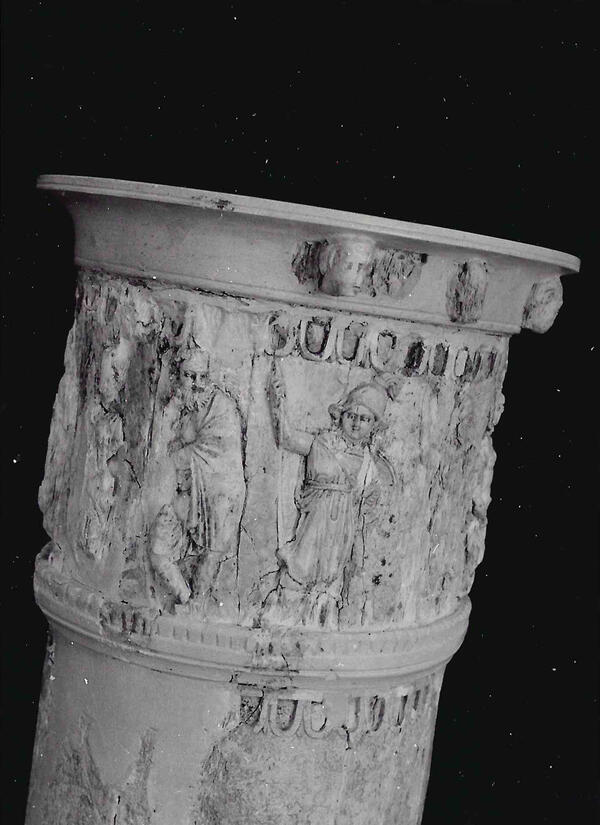
Rhyton with a lion-griffin promote, 3rd-2nd century BCE. The frieze in the upper part of the rhyton is decorated with 8 figures of the Greek gods: Zeus (fragmentary), Hera (fragmentary), Hephaestus, Athena, Ares, Aphrodite, Poseidon (fragmentary).




Rhytons in 3D https://www.archaeolog.ru/ru/press/news/o-pervom-etape-vypolneniya-proekta-ia-ran-po-vizualizatsii-sredneaziatskikh-arkheologicheskikh-drevn-hgsrk6


Parthian Rhyta at Home and Abroad: Reconsidering the Ivory Rhyta of Nisa in Light of Roman Evidence from the First Century BCE, Jennifer Black academia.edu
The “tetes coupées” on the cornices of the Nisa rhyta. Nothing to do with Dionysus? Niccolò Manassero https://www.academia.edu
http://www.bagh-sj.com/article_1702_001c7b747baab8d3010d37f20948ad5d.pdf
http://www.bagh-sj.com/jufile?ar_sfile=1025385
http://art-blog.uz/archives/1456
Excavations of Staraia Nisa V. N. PILIPKO https://www.jstor.org/stable/24048768
